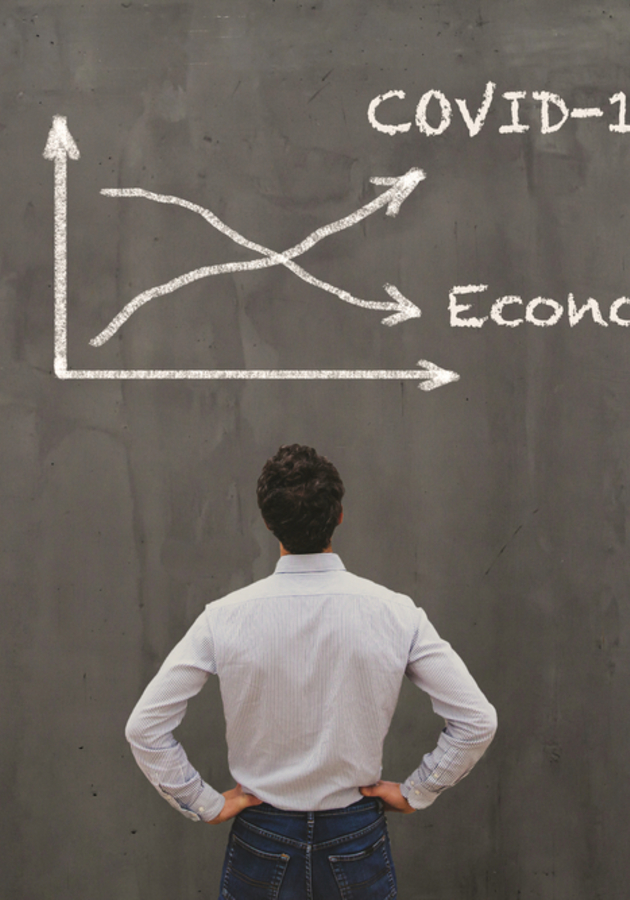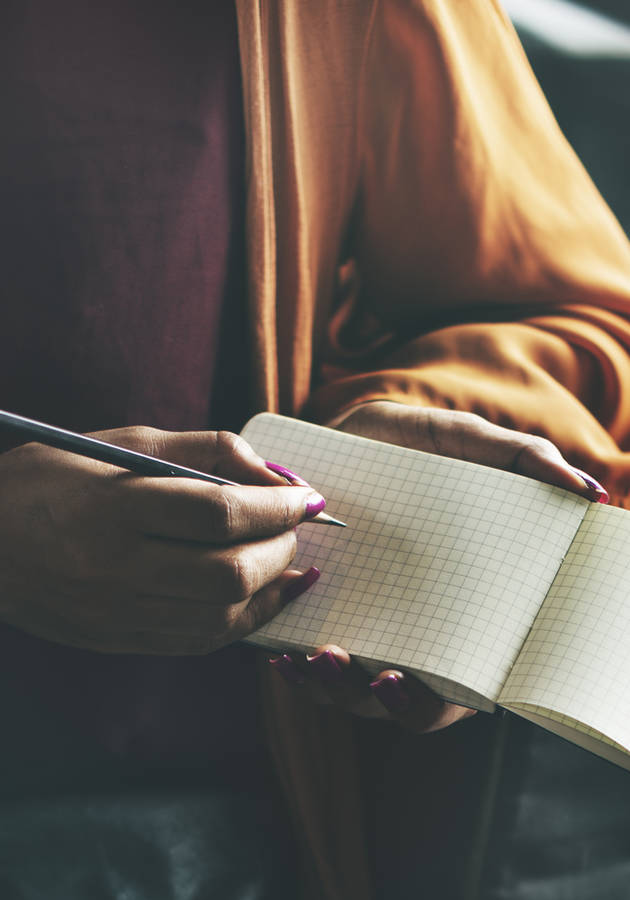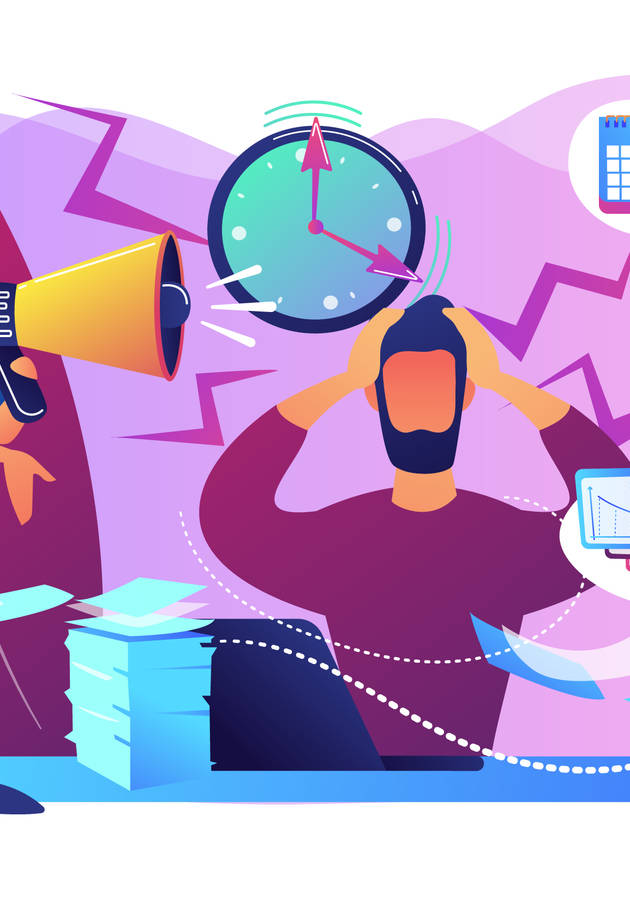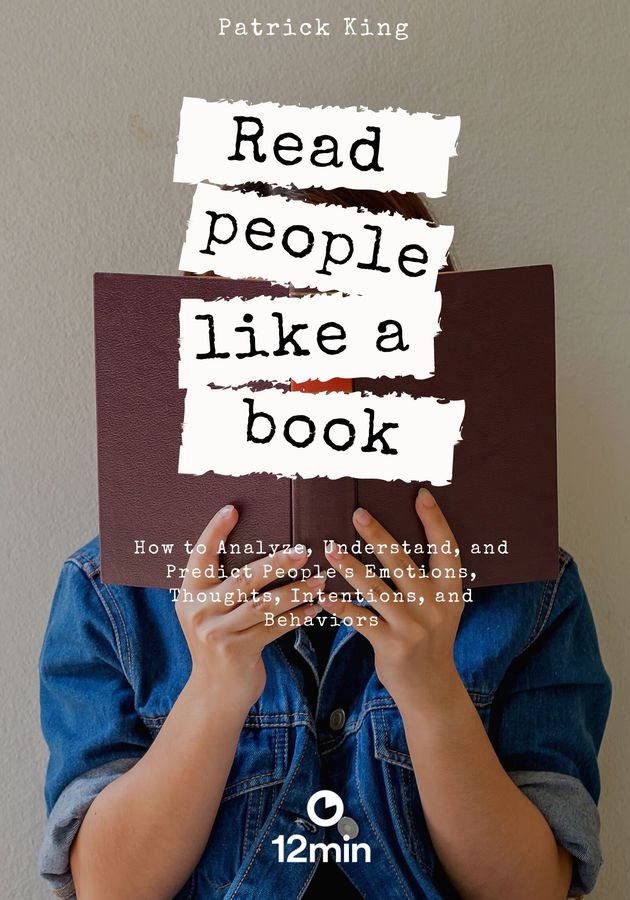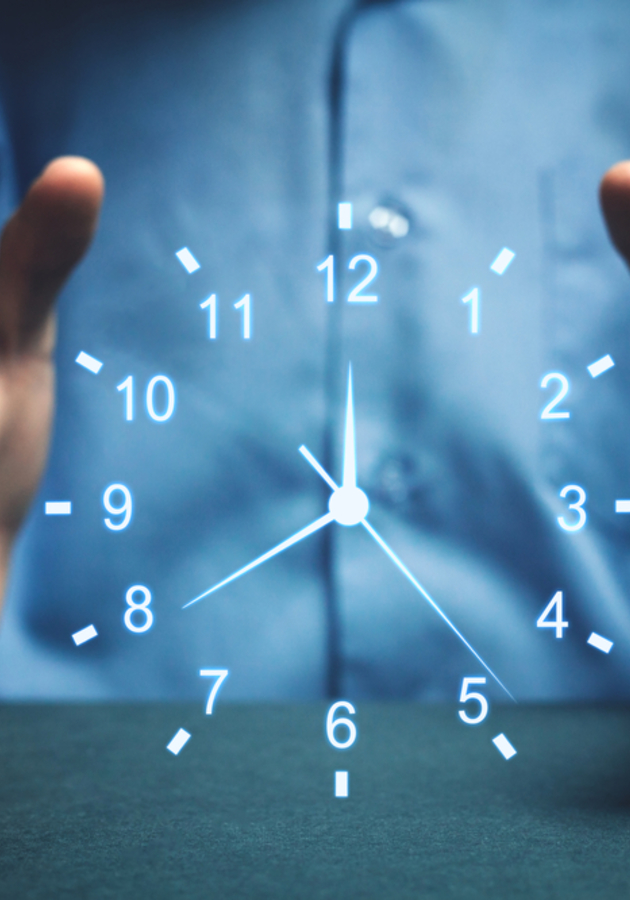In early 2020, New York was at the epicenter of the global outbreak of COVID-19. State governor Andrew Cuomo was tasked with the seemingly impossible: reduce the infection rate while battling with a host of challenges - faulty test results, insufficient PPE, too few ventilators and hospital beds, and an incompetent federal government that was in denial about the virus. Despite these challenges, he still managed to turn the numbers around. In “American Crisis,” he outlines his response to the COVID-19 pandemic. So get ready to learn how to be a great leader in times of crisis.
The start
On March 1, 2020, the governor of New York Andrew Cuomo received a call from his secretary Melissa DeRosa, saying that the first COVID-19 case had been registered in New York. A health worker returning from Iran had tested positive. Even though this was only the first confirmed case, it validated the sinking feeling Cuomo had had all along. At the time, he believed that the virus had already been circulating among the population of New York undetected for weeks, if not months already.
On January 30, the WHO declared a global health emergency following the global outbreak of the virus. Both San Diego and San Francisco had already declared states of emergency in late February. Nevertheless, the federal government was reluctant to act.
Cuomo believes that New York was hit the worst largely because of misinformation received from the federal government. The state had been told to expect the virus to hit from the West Coast, as cases would spread from Wuhan in China. This resulted in testing the wrong people and created a false sense of security in the general population. Months later, Dr. Fauci, the government’s health advisor, confirmed that the first case in New York had actually come from Europe.
The federal government was characterized throughout the pandemic as being unable to adequately respond to the crisis. Indeed, in the last week of January, a senior advisor to the president, Peter Navarro, sent an internal memo about COVID-19 that was completely ignored by the federal government. In it, he outlined the possibility that the virus could possibly affect 200 million out of 330 million Americans.
Moreover, even though multiple scientists were sure that COVID-19 could also be spread by those who were asymptomatic, the federal government was reluctant to make this knowledge public. After all, this would have immense ramifications in terms of how to deal with the virus. Cuomo says if some of this vital information had been shared and acted upon earlier, many American lives could have been saved.
Leadership in crisis
The outbreak of COVID-19 was not the first time Cuomo had been in the midst of a crisis response. He had tackled the outbreak of Ebola years before and had also helped respond to a host of hurricanes and other natural disasters.
But COVID-19 posed challenges he had never seen before. No one knew anything about the virus, and the fact that it was airborne was one of the worst-case scenarios possibly imaginable. When people have to fear breathing in the air, anxiety, panic, and chaos ensue. So Cuomo needed to respond quickly and resolutely to instill the general public with a feeling of calm amidst the storm.
That’s why Cuomo started delivering what would later become daily briefings to the state on March 2. The aim of these briefings was simple: he wanted to give New Yorkers the unbiased facts about the virus and what the state was doing in response.
To this end, for the first briefing, Cuomo sought to present a unified front and gave a joint statement with New York Mayor Bill de Blasio, with whom he had previously had some disagreements. The daily briefings presented Cuomo with the challenge of providing information in a way that would not incite panic. This meant carefully weighing his words and avoiding loaded comments.
But for all his carefulness, a day later on March 3, he made a serious communication mistake. New Rochelle had started to become a COVID-19 hotspot in the state. A local lockdown was on the way, with schools, shops, and child care facilities closing. In his briefing, Cuomo described the “containment plan,” but failed to realize that the word “containment” had strong connotations of war. Almost immediately, the feeling of the general population surged from mild concern to intense anxiety.
Cuomo himself was extremely anxious about the virus. He said that nothing in his life had ever frightened him quite as much. One evening at dinner with his three daughters, they asked him how he could appear so calm in front of the cameras while they knew how scared he really was. He told them that feeling fear and acting on it were two very different things.
Cuomo did make his briefings emotional events, however. In his opinion, COVID-19 was an emotional issue, and that is why he decided to show his real self and vulnerability during his daily briefings. It was a risky move, as political enemies are always ready to pounce on the perceived weaknesses of their opponent. But it was the right choice as it allowed him to connect emotionally with the people and gain their trust.
Flattening the curve
In addition to his daily briefings, Cuomo was doing everything in his power to contain the spread of the virus. Communication and operations became the top two priorities of Cuomo’s daily actions. While the president of the United States Donald Trump remained in denial about the existence of the virus, calling it a flu and saying that “it’ll go away,” Cuomo faced up to the hard facts by meeting daily with his team and imagining and planning for different worst-case scenarios.
It was clear early on that in order to successfully contain the virus, mass testing was needed. This was a problem. Originally, all the tests were being sent to a single lab in Atlanta. Moreover, this test lab was often producing incorrect results.
In the last week of February, Cuomo managed to get federal permission to start testing in New York. This was crucial since more than 10,000 tests a day were soon needed to stop the spread of the virus.
Creating a new testing system was not the only challenge facing Cuomo: he also had to coordinate hospital admissions. The COVID-19 outbreak made it painfully clear how the U.S. is lost without a public health system. Some hospitals in the state were over their capacity with patients, while others had excess PPE or staff.
Getting all this coordinated would normally take years, but Cuomo and his team managed to achieve the impossible within a matter of weeks. They called this new system “Surge & Flex,” whereby all hospitals in the state would work together to monitor incoming patients, staff numbers, PPE, and ventilators. If there were shortages anywhere, these could be filled from other hospitals, and patients could be taken directly to hospitals with excess capacity.
This, combined with mass testing and a complete shutdown of the economy, allowed New York to flatten the curve of their case numbers and eventually bring the daily case numbers down. At the height of the pandemic, more than 20,000 people were being tested every single day.
A social crisis
By May 29, things were finally starting to look better for New York. Case numbers were falling, and Cuomo was preparing to announce a phased reopening of New York City on June 8. But then, in the morning, he saw the death of George Floyd on TV, who had been murdered over the weekend by a policeman kneeling on his neck.
For Cuomo, as a former attorney general of New York, this was a clear case of murder. That was why he included a statement in his daily briefing, saying, “I stand with the protesters.” He was horrified by the reaction of the president of the United States: instead of finally addressing the centuries of systemic racism embedded in the country’s history, Trump chose to use the military to stop peaceful protests outside the White House.
The murder of George Floyd added a social crisis to the public health crisis. Cuomo was worried that the protests would spark a surge in numbers again, but thankfully the protests were out in the open and most people were wearing masks. Nevertheless, he signed an executive order allowing protesters access to free COVID-19 tests and encouraged them to make use of these.
COVID-19, in many ways, exposed underlying problems and a deep division in the American nation. It had already been shown to affect more people from low-income backgrounds than those from high-income backgrounds. In some states, the difference in infection rates among black and Latino communities and the rest of the population was as much as 50%.
COVID-19 also revealed how the meaning of government had changed in recent years. Cuomo writes: “Government no longer performs. It doesn’t build, solve, or improve. Our government has become an extension of our political campaigns.” And indeed, while public health should not be a political issue, Cuomo says that was exactly what Trump did - he politicized the pandemic.
June 19
After 110 daily briefings, Cuomo addressed the state one last time on June 19. New York had achieved what no one had expected: it had flattened the curve and the infection rate had dropped. Even the most optimistic experts had said that New York would need at least 110,000 hospital beds. They ended up needing only 19,000.
Cuomo decided to end his daily briefings to communicate a sense of accomplishment to the people of New York. The immediate job at hand was complete and there was not enough new information surfacing each day to justify continued daily briefings.
None of these accomplishments would have been possible without the people of New York. Experts did not see how New York could turn its situation around because of the fractured communities all across the U.S. Nobody believed that New Yorkers could pull together as one and defeat the virus.
But they did. And when Cuomo asked for retired health workers to enlist in the fight against the virus, it was not only 100,000 New Yorkers who stepped up to the challenge, there were also more than 30,000 Americans from outside the state who chose to risk their lives to help.
New York’s approach also showed the triumph of a science-based solution and a phased reopening over the populist denial politics of Donald Trump, which further accelerated case numbers and deaths in other states across the U.S.
And while Cuomo is convinced that a second wave is coming, he also believes New York is now better prepared to fight the virus. In late June, he took his final step to protecting the people of his state by introducing a 14-day quarantine for travelers coming into New York.
Final Notes
In the face of one of the worst crises the state has ever faced, the people of New York managed to save countless lives by coming together as a community. Andrew Cuomo chose a focused, hands-on approach in tackling the crisis: he faced up to the hard facts, established systems to handle the emergency and simultaneously communicated calmness to the wider population.
The Washington Post judged Cuomo’s “American Crisis” as “an impressive road map to dealing with a crisis as serious as any we have faced.”
12min Tip
When faced with a difficult situation, remain calm and collect the facts before acting.
